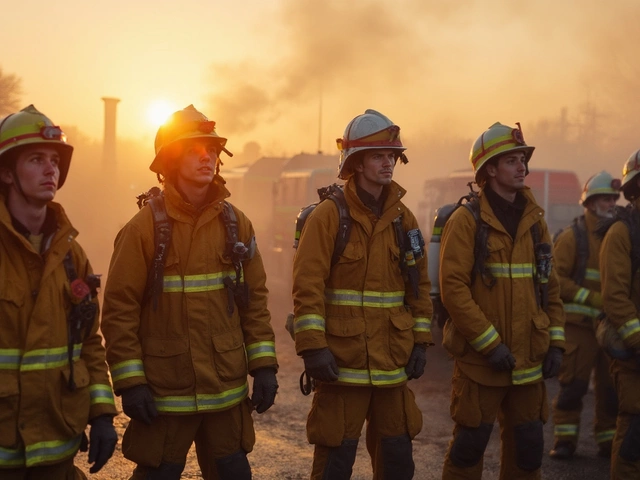Safety Certification: What It Is and How to Get It
If you see "safety certification" on a job ad, it simply means the employer wants proof you know how to keep people safe at work. That proof can be a short course, a full‑time degree, or a recognized industry badge. Having it on your CV signals you understand risk assessments, emergency procedures, and legal duties.
Why a Safety Certification Matters
Every workplace – from a construction site to an office – must follow health‑and‑safety law. When you hold a certification, you’re not just ticking a box; you’re showing you can spot hazards, train coworkers, and avoid costly accidents. Employers often pay more for certified staff because they reduce insurance premiums and downtime.
Our article "Who is Responsible for Safety Training? Get the Facts Straight" breaks down the legal chain of responsibility, explaining whether it’s the employer, a manager, or an external trainer who must deliver the training. Knowing this helps you target the right people when you’re looking for a certified role.
Best Routes to a Safety Certification
There are three common paths:
- Short courses. These range from one‑day workshops to online modules that end with a digital badge. Look for providers that are recognised by the Institution of Occupational Safety and Health (IOSH) or the National Examination Board (NEB).
- Vocational qualifications. An NVQ or SVQ in health and safety gives you hands‑on experience and is respected across the UK. Our guide "NVQ vs SVQ: Key Differences, Benefits, and Which Qualification Fits You Best" helps you decide which fits your career plan.
- University degrees. A BSc in Occupational Health & Safety or an MSc in Safety Management opens doors to senior roles. The piece "Best Degrees for a Career in Safety: What You Need to Know" lists the top programs and what they cover.
Pick the route that matches your current skill level and time you can invest. If you’re already working in a related field, a short course might be enough. If you aim for a safety manager position, a degree or NVQ will give you the edge.
Once you’ve chosen a path, follow these practical steps:
- Research accredited providers – check reviews and ask managers what they value.
- Enroll and set a study schedule. Even short courses need a few hours of revision each week.
- Complete any required work‑based assessments. Most certifications need you to show you can apply the knowledge on the job.
- Add the certification to your CV and LinkedIn profile with the exact title – recruiters search for keywords like "IOSH Managing Safely".
- Keep the certification current. Many badges require renewal every 2‑3 years, often with a brief refresher.
Getting certified doesn’t have to be a headache. Start with a free intro webinar, talk to a mentor in your company, and set a realistic deadline. In a few months you’ll have a credential that can boost your salary and open new career doors.
Ready to start? Browse our safety certification articles, pick a course that fits your schedule, and take the first step toward a safer, better‑paid job.




